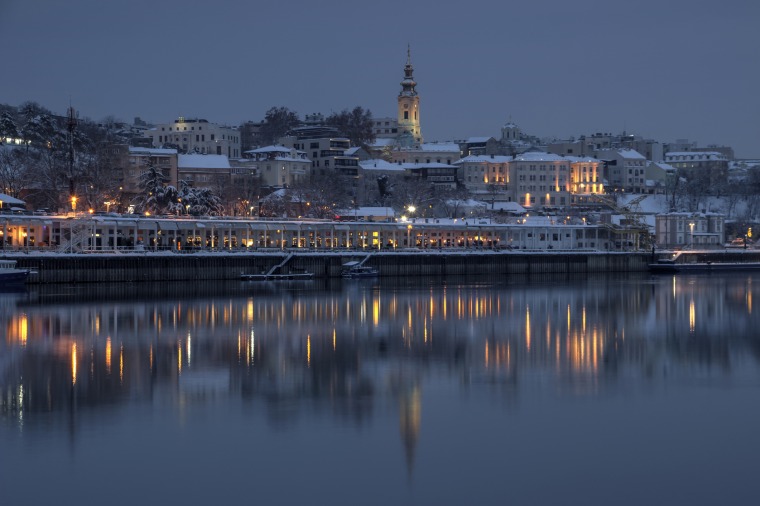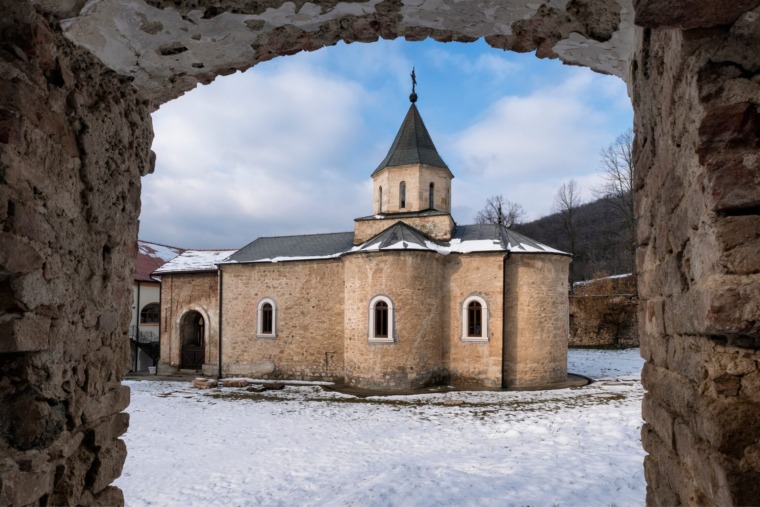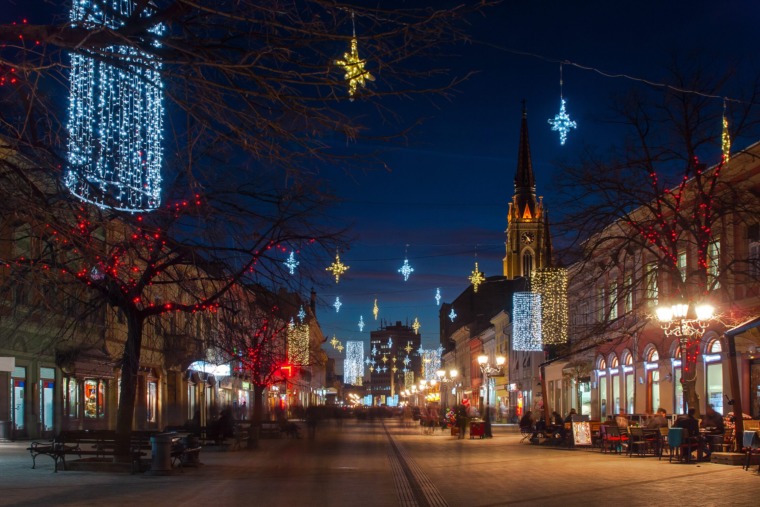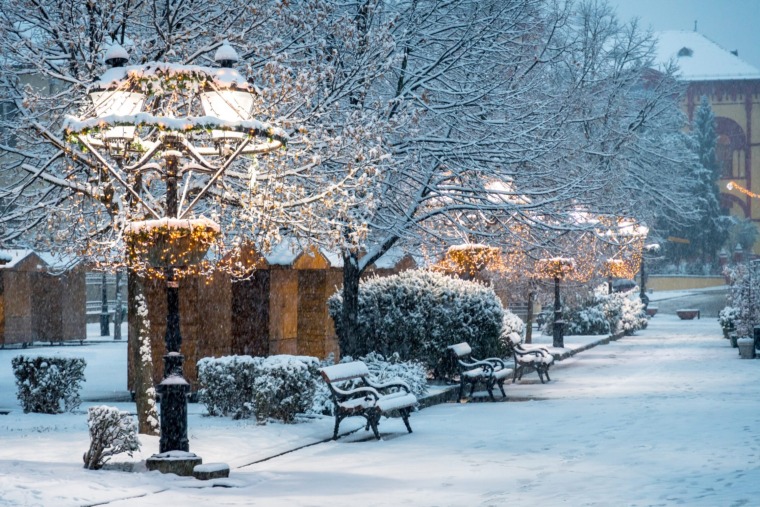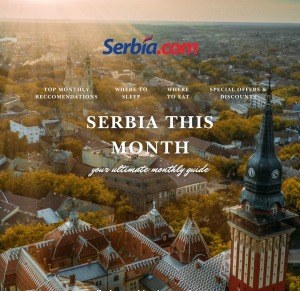
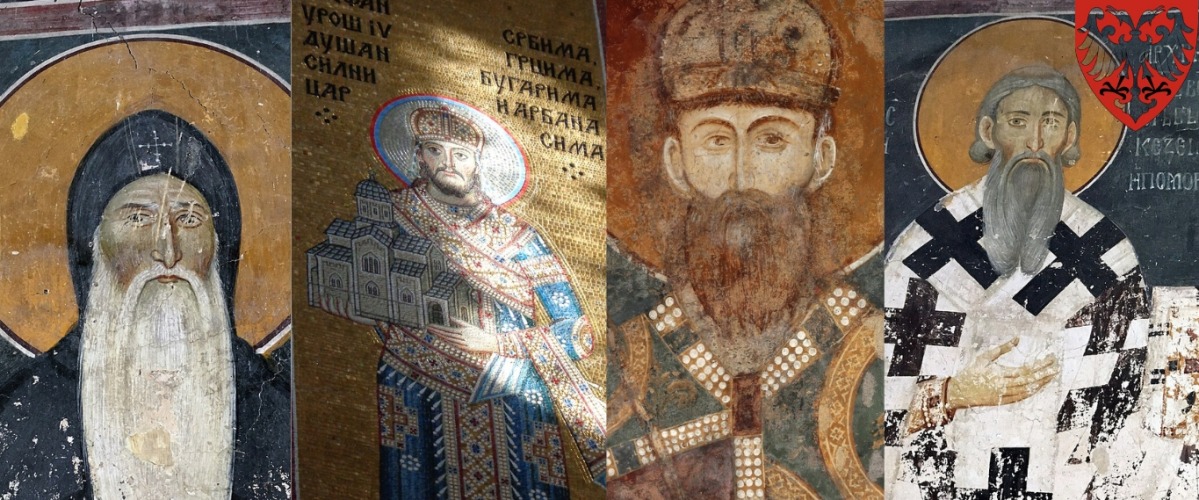
The Nemanjić Dynasty (r. 1166–1371) wasn’t just a royal family—they were the real medieval royals of Serbia, ruling with wisdom, grandeur, and deep faith. From building an empire that stretched from the Adriatic to the Aegean to establishing the Serbian Orthodox Church and constructing awe-inspiring monasteries, the Nemanjić rulers laid the spiritual, cultural, and political foundations of Serbia.
The Founder: Stefan Nemanja
The dynasty began with Stefan Nemanja, the Grand Prince of Raška, who unified Serbian lands and laid the groundwork for Serbia’s independence from Byzantium. Later canonized as Saint Simeon, he is remembered for his political acumen and religious devotion.

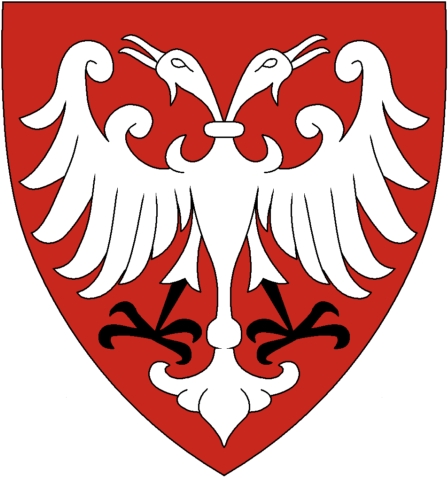
🔹 Fun Fact: Nemanja co-founded Hilandar Monastery on Mount Athos with his son, Sava—it still stands today as a spiritual lighthouse for Serbs worldwide.
Saint Sava: Serbia’s Spiritual Father
Saint Sava, Nemanja’s youngest son, became the first Archbishop of the Serbian Orthodox Church in 1219. He brought not only spiritual autonomy but also a unique Serbian identity rooted in Orthodoxy and learning.
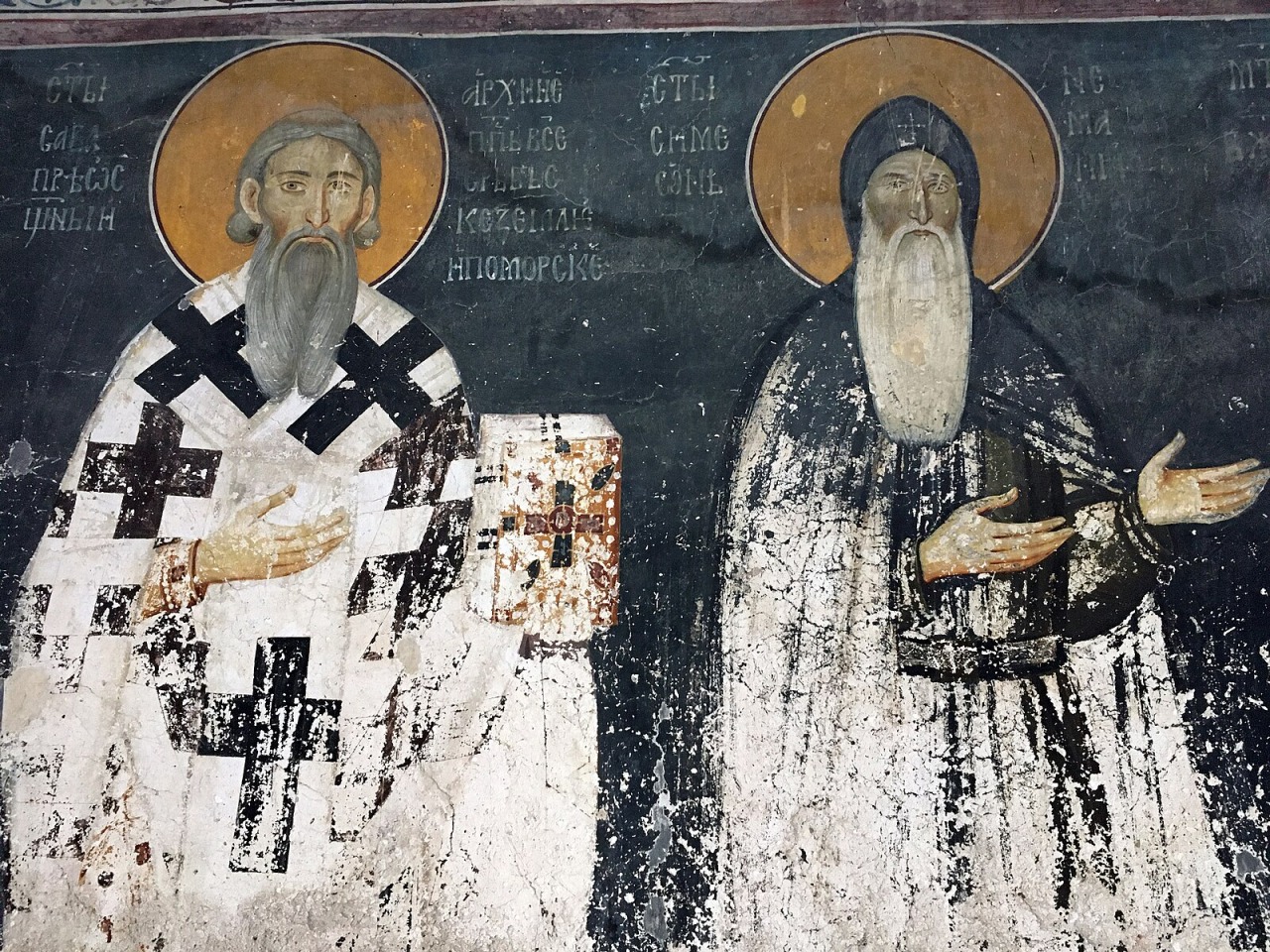
🔹 Interesting Fact: Sava wrote the first Serbian constitution-like document, combining Byzantine law with local customs.
Stefan the First-Crowned: A Kingdom Is Born
Sava’s brother, Stefan Nemanjić, was crowned by a papal legate in 1217 as King of Serbia, marking the official birth of the Kingdom of Serbia. With both political and religious independence secured, Serbia became a significant European power.
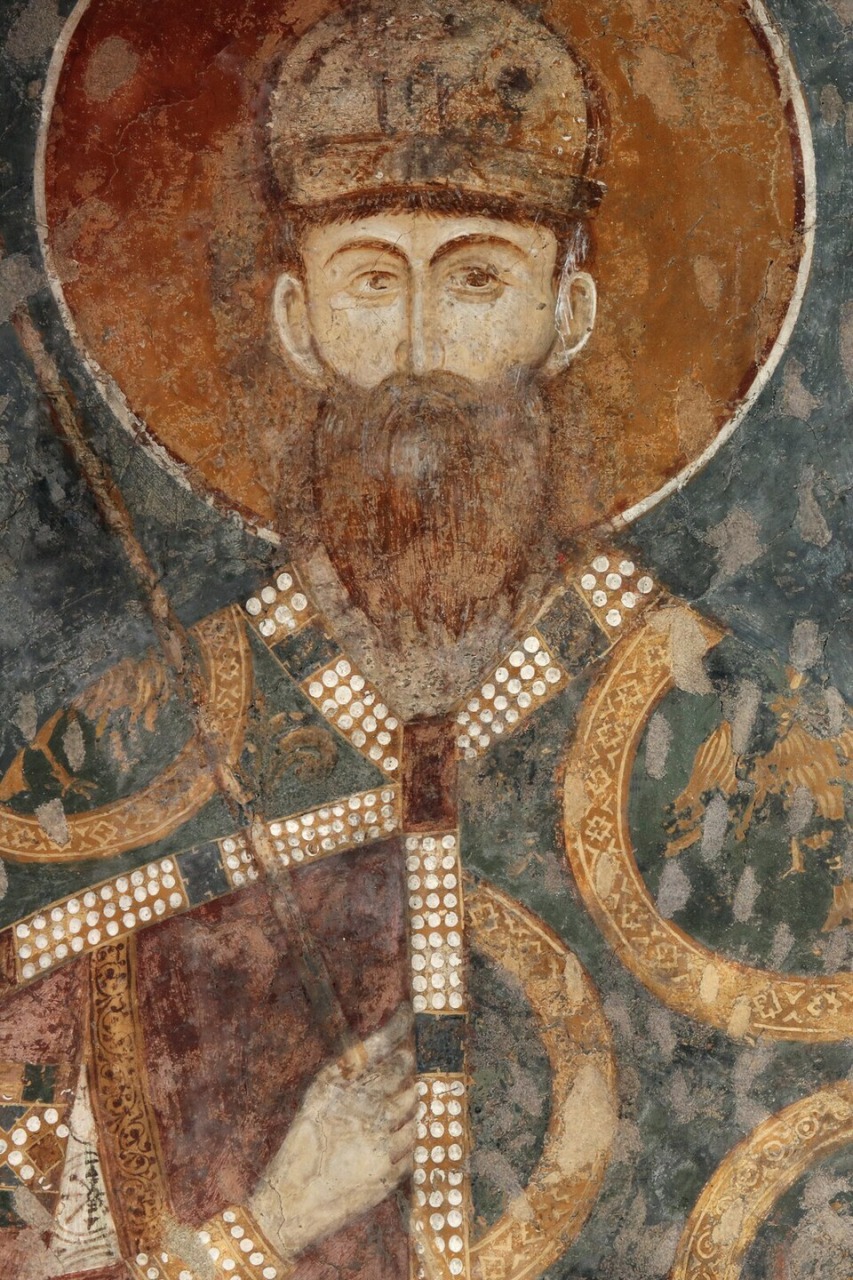
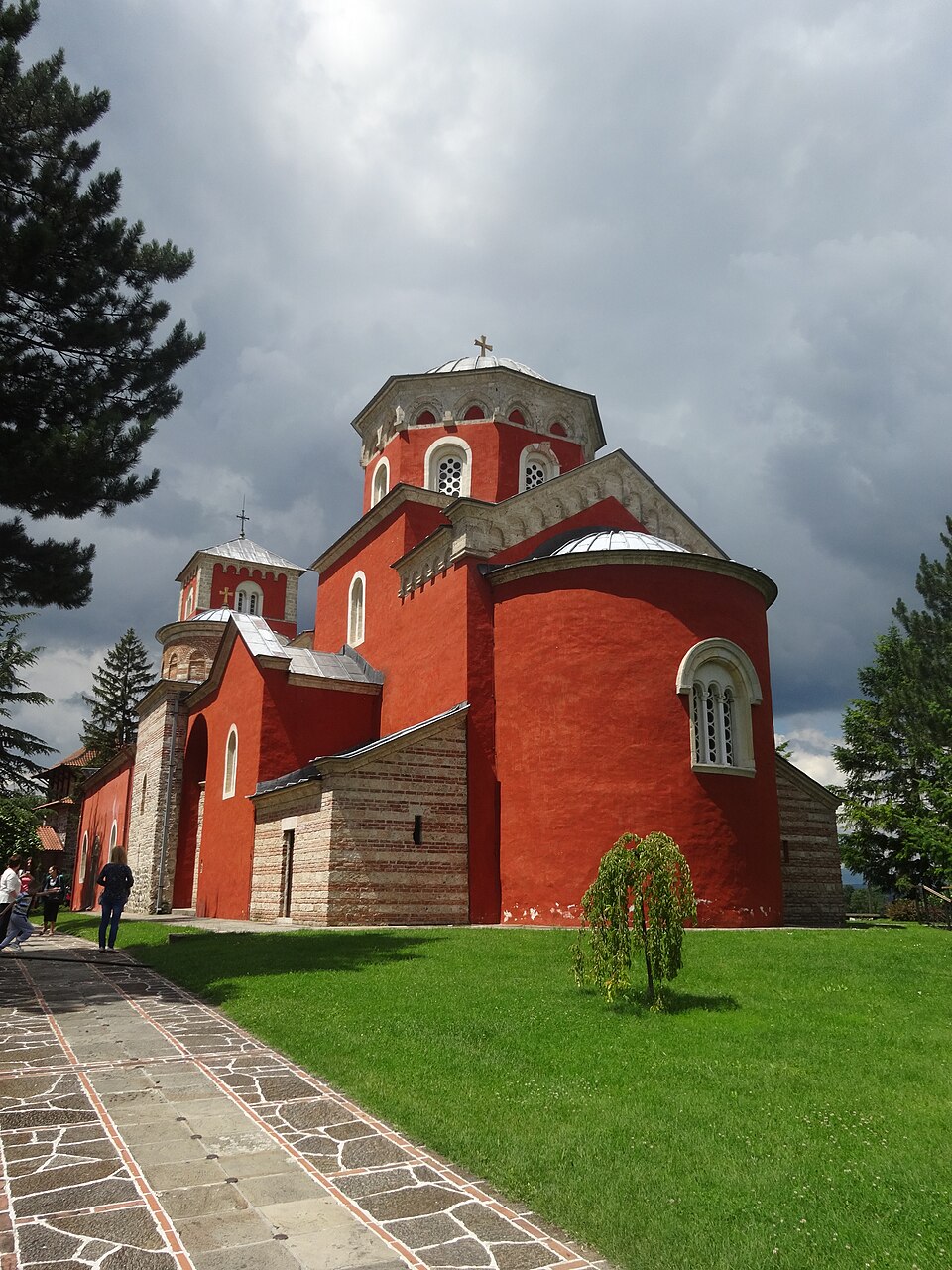
🔹 Symbolic Site: Žiča Monastery became the coronation church for future Serbian kings.
The Royal Line Continues: From Milutin to Dušan the Mighty
As the dynasty continued, Serbia grew more powerful:
King Milutin (r. 1282–1321)
- Known for his massive building efforts, including Gračanica Monastery, a gem of medieval art.
- Married five times, including to a Byzantine princess, strengthening diplomatic ties.
Stefan Dečanski (r. 1321–1331)
- Famous for building Visoki Dečani Monastery, now a UNESCO World Heritage Site.
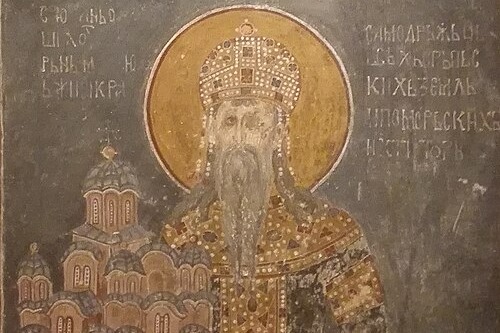
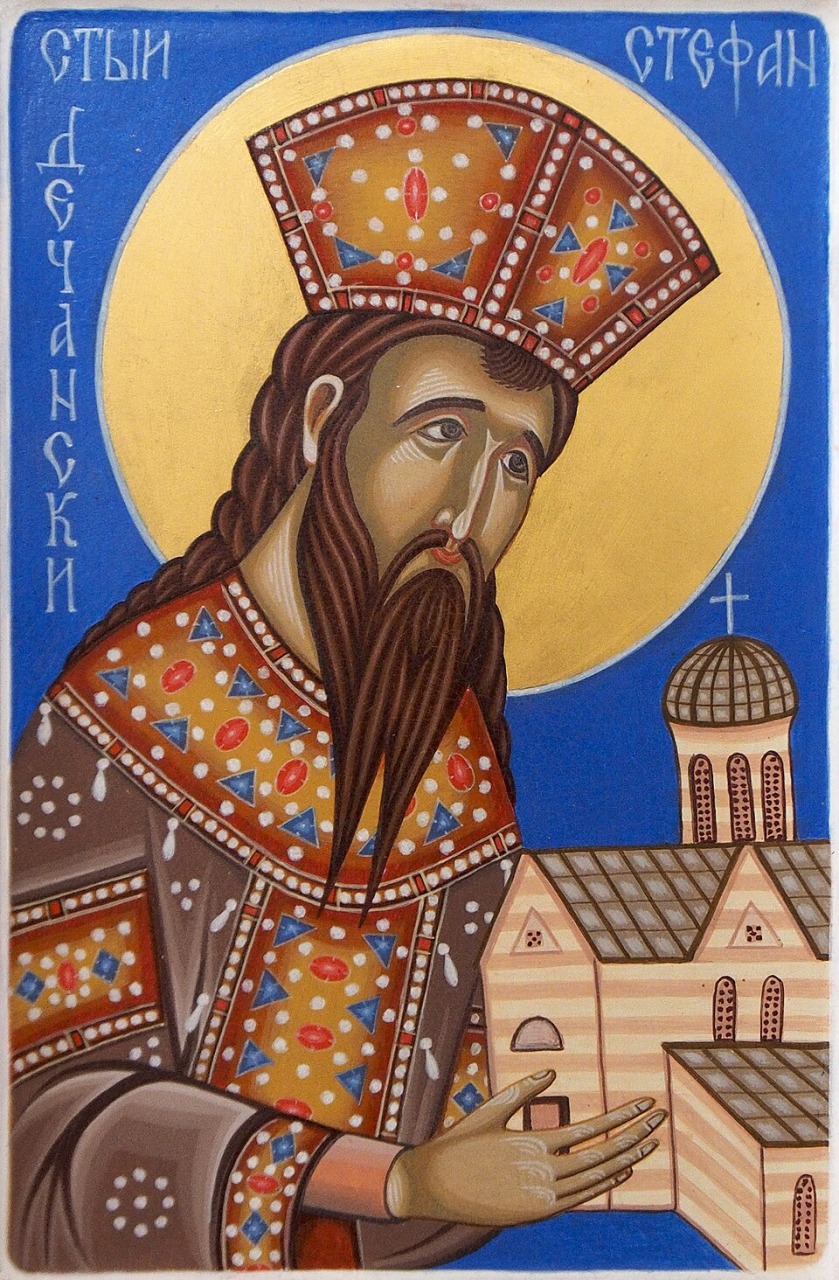
Stefan Dušan (Dušan the Mighty) (r. 1331–1355)
- Crowned Emperor of the Serbs and Greeks in 1346.
- Expanded the empire to its largest borders, encompassing much of the Balkans.
- Enacted Dušan’s Code, a remarkably advanced legal document for its time.
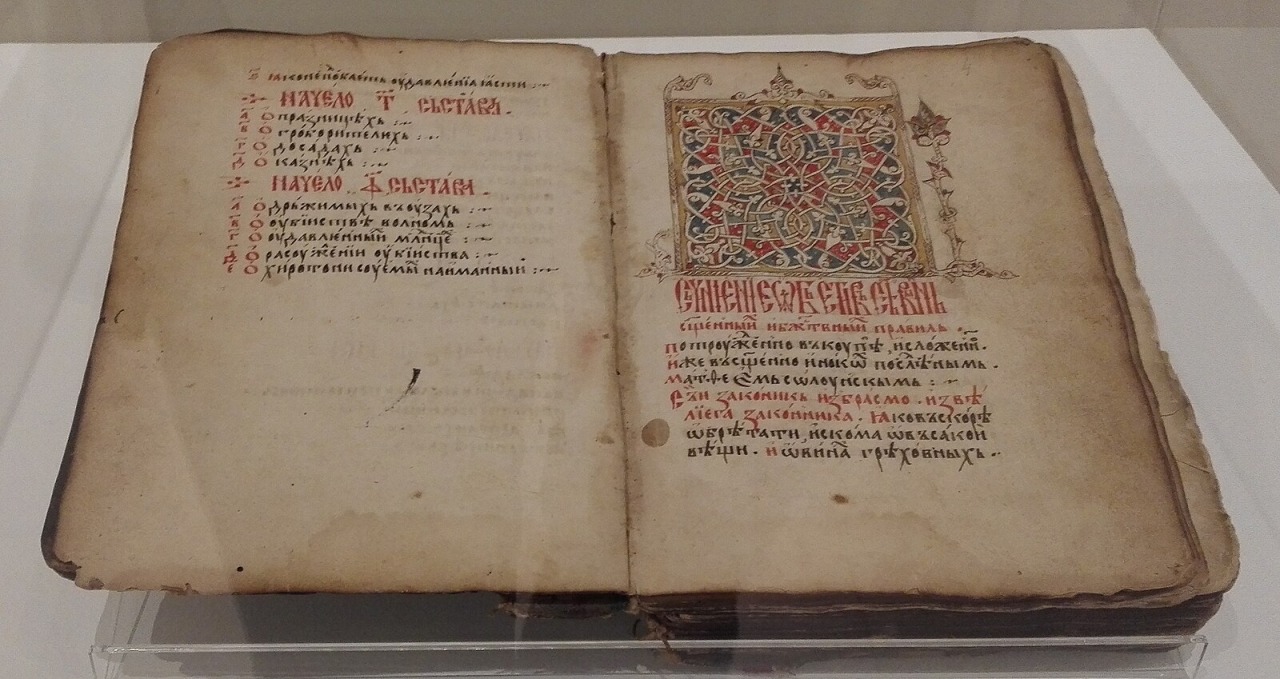
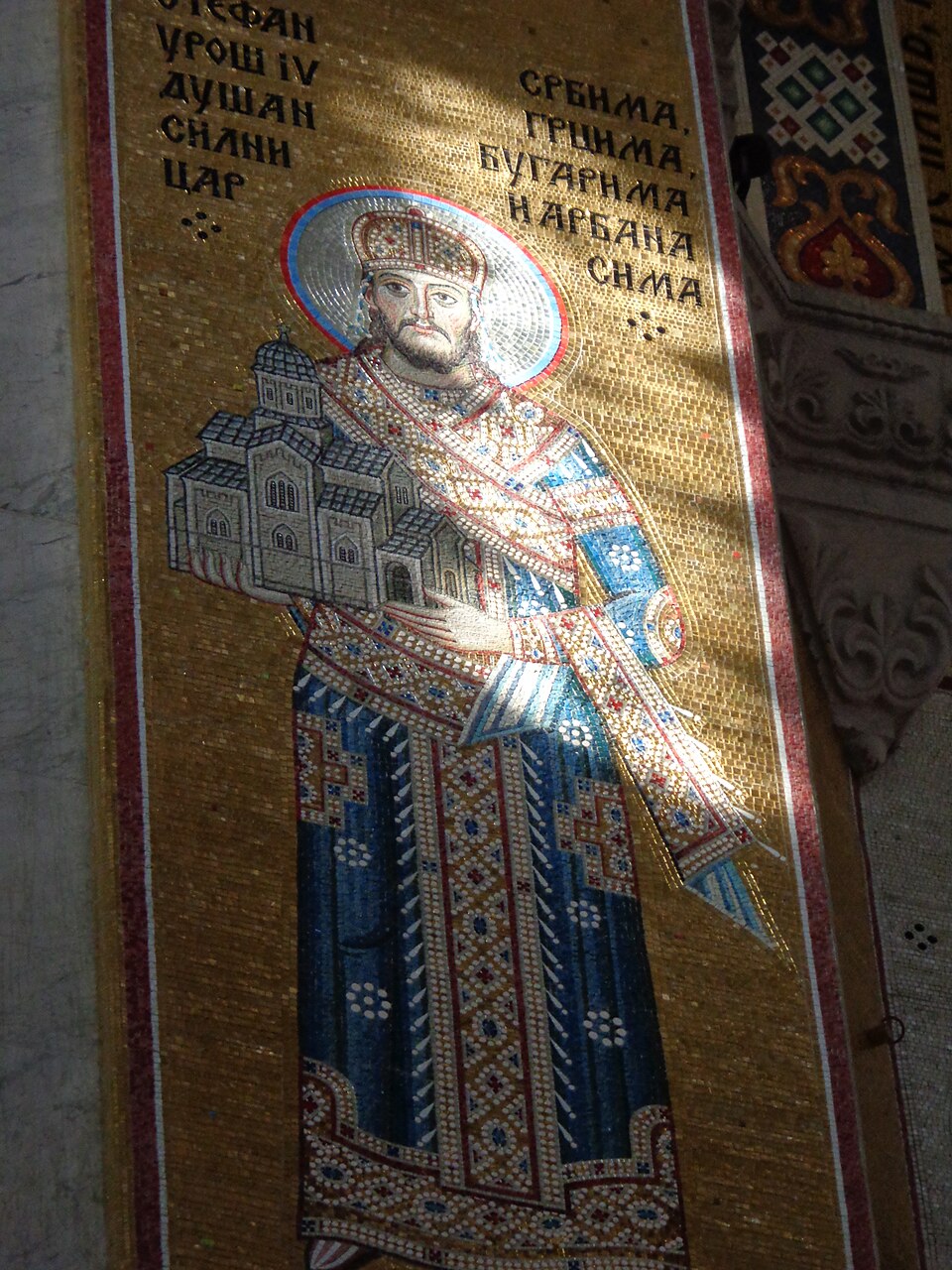
🔹 Interesting Fact: Dušan’s court rivaled the grandeur of Constantinople, and he lived in luxury—Nemanjić rulers were the first in the Balkans to use silver forks, knives, and spoons at the royal table, long before it became common elsewhere in Europe.
The End of the Line: Uroš the Weak
Dušan’s son, Stefan Uroš V, inherited an empire too large and too divided. Known as “Uroš the Weak,” he couldn’t maintain control over the powerful nobles, leading to fragmentation and making way for Ottoman expansion. The dynasty ended in 1371.
Architectural and Spiritual Legacy: Monasteries of the Nemanjić Era
The Nemanjićs were devout builders of monasteries, many of which are masterpieces of Serbian-Byzantine architecture. These sacred places became centers of spirituality, art, and learning.
🕍 Key Monasteries:
- Studenica – Built by Stefan Nemanja; a UNESCO site.
- Sopoćani – An endowment of King Stefan Uroš I of Serbia.
- Žiča – Coronation church.
- Mileševa – Home to the famous White Angel fresco.
- Visoki Dečani – An architectural marvel built by Dečanski.
- Gračanica – Built by Milutin; a UNESCO site.
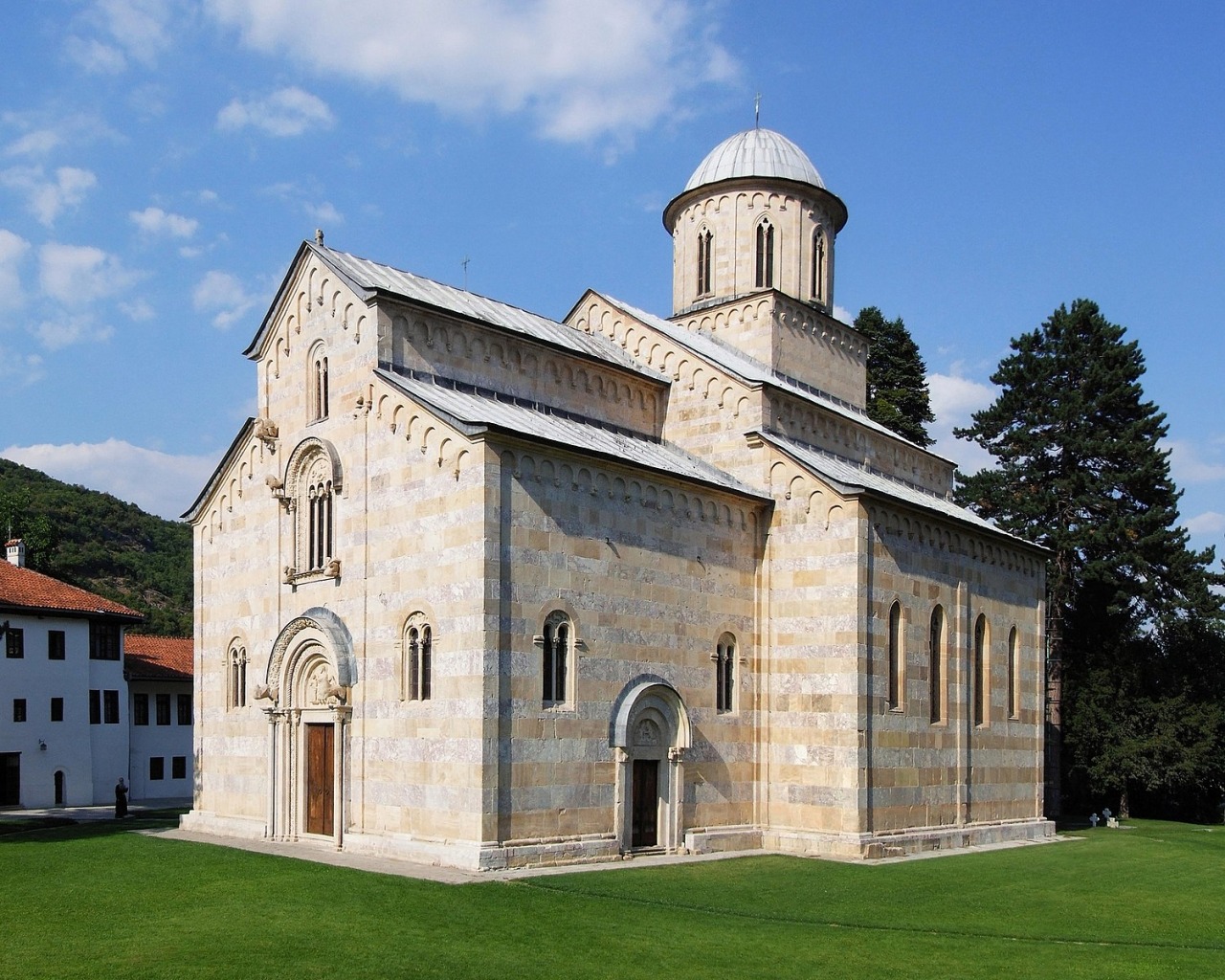
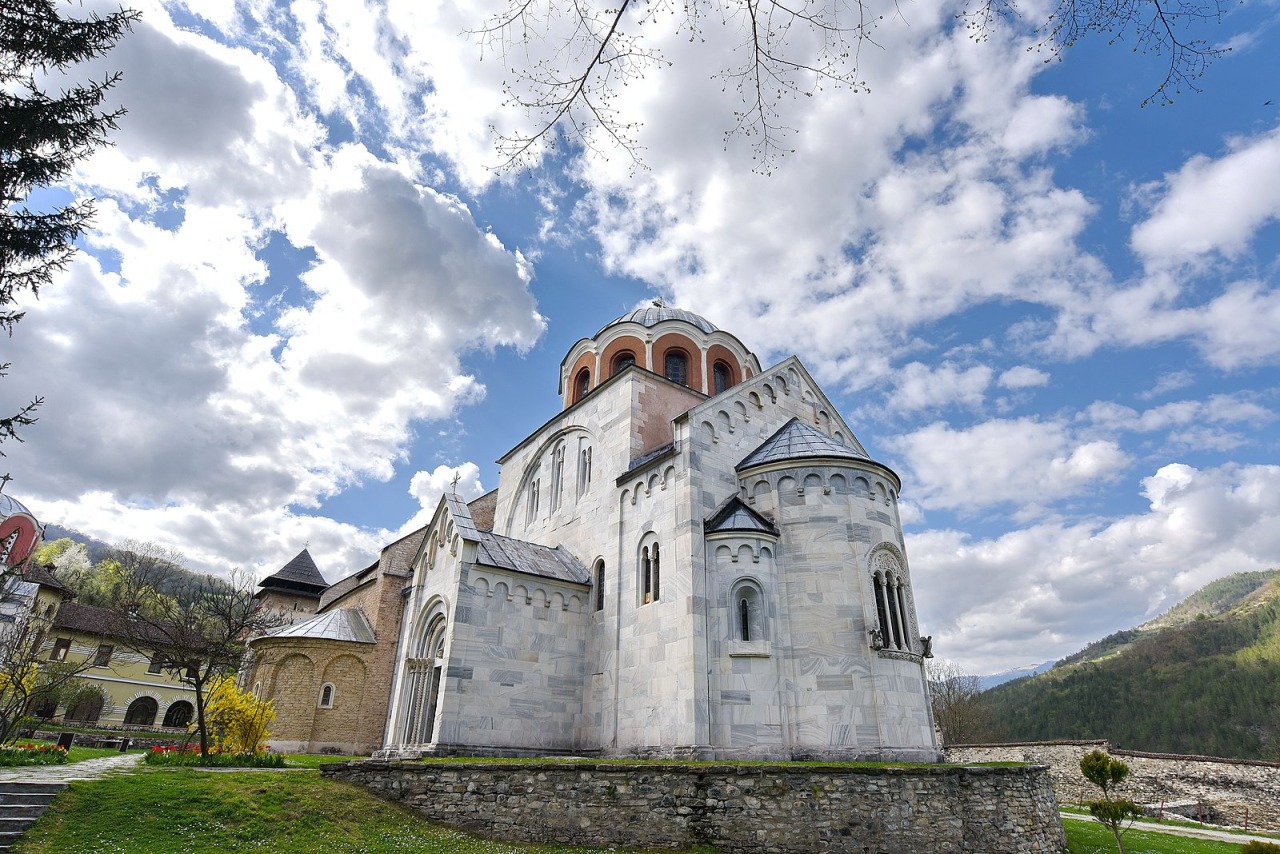
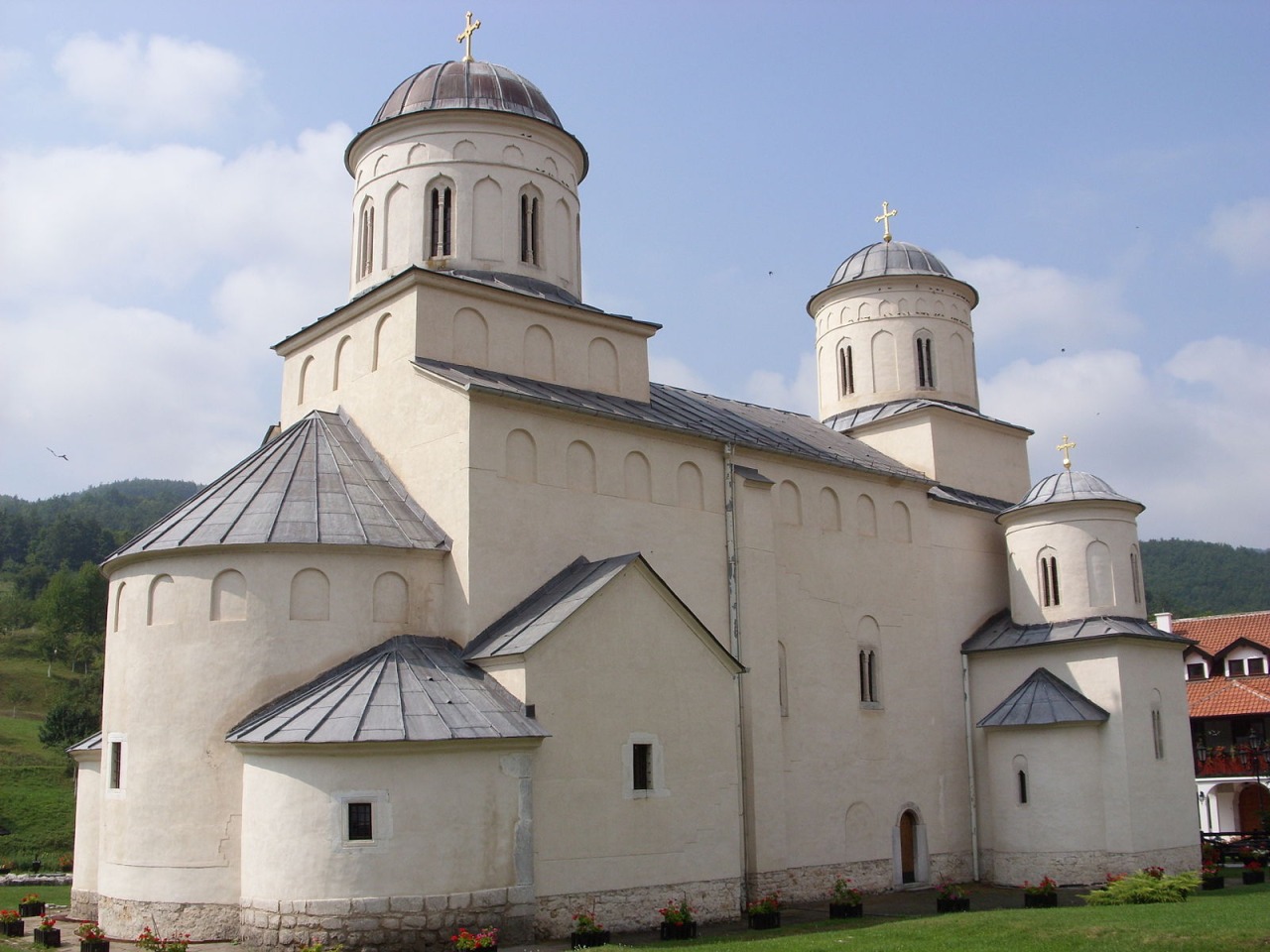
🔹 Interesting Fact: These monasteries were not just churches—they were also royal mausoleums, libraries, scriptoria, and schools.
The Royal Style: Power Meets Refinement
While Serbia under the Nemanjićs was deeply spiritual, the royal court also reflected wealth and sophistication. The Nemanjić family:
- Wore Byzantine-style robes with pearls and gold embroidery.
- Imported fine fabrics from Venice and Constantinople.
- Hosted diplomatic receptions and feasts that impressed foreign envoys.
🔹 Fun Fact: At a time when many European nobles still ate with their hands, Nemanjić nobles dined with silver cutlery, proving their court was as refined as any in the West or East.
The Enduring Glory of the Nemanjić Dynasty
Though the dynasty ended in the 14th century, the Nemanjić’s legacy still defines Serbian identity. Their spiritual vision, legal contributions, architectural marvels, and cultural achievements echo through monasteries, folk memory, and national pride.
They were more than rulers—they were Serbia’s first true royals, blending faith, power, and vision into a golden age that remains unmatched.
Related Articles


Winter Wine Escape: Serbia’s Most Beautiful Holiday Wineries
December 11, 2025